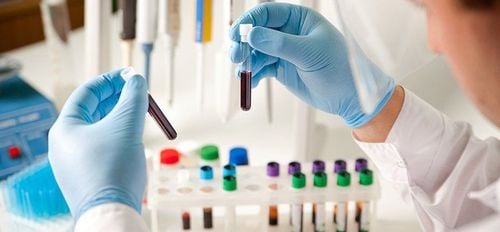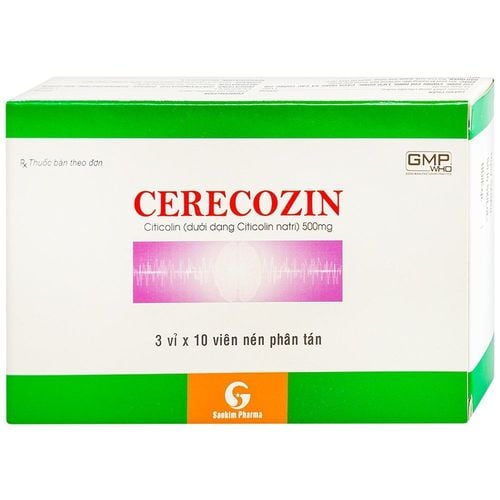This is an automatically translated article.
Wilson's disease is caused by excessive copper deposition in the body, if not diagnosed and treated early, it will be very dangerous for the patient. However, when making a diagnosis, it is necessary to exclude hereditary encephalopathies with extrapyramidal symptoms, sequelae of encephalitis, mental illness...
1. Learn about Wilson's disease
Wilson's disease is an autosomal recessive disease, meaning that the patient inherits two abnormal ATP7B genes, one from the father and one from the mother. If you carry only one abnormal gene, you are called a carrier. When two people carry the same abnormal gene, the cases that their child can be born with are:
The child has Wilson's disease because he received both abnormal genes from the father and mother The child does not have Wilson's disease but will be a carrier of the gene. disease because of receiving an abnormal gene from one parent. Children do not have Wilson's disease and will not be carriers of the disease because they receive both normal genes from both parents. Depending on the affected part, different symptoms will manifest such as:
Fatigue, loss of appetite, abdominal pain Yellow skin and whites of the eyes Accumulation of fluid in the legs or abdomen Difficulty speaking, swallowing or coordination hand-limb coordination Uncontrollable movements, muscle stiffness
2. Wilson's disease is diagnosed by what tests?
The following tests are commonly used to diagnose Wilson's disease:
Ceruloplasmin blood test: This is a screening test because it is not specific for Wilson disease. Abnormalities in ceruloplasmin levels can be caused by other causes such as chronic hepatitis, enteritis, or mouth ulcers.

Xét nghiệm máu chẩn đoán bệnh wilson
Urine test to measure copper content: The amount of copper in the urine of a person with Wilson's disease exceeds 100μg/d. However, this abnormality can also be caused by other causes. Molecular tests : Analysis for mutations in the ATP7B gene Eye examination: In case there are signs related to neurological and psychiatric disorders, there is usually a brown ring around the cornea of the eye but it is not present in the field. liver dysfunction, so this is a frequently used diagnostic test for Wilson's disease. Liver biopsy : A liver biopsy to determine copper content is one of the most sensitive and accurate tests for diagnosing Wilson's disease. In a normal person, the amount of copper is from 15 to 55μg/g. However, patients with Wilson's disease have copper levels higher than 250μg/g. Note: Liver biopsy is only used in advance for patients with liver dysfunction and is not necessary for those with signs of neurological disorder. Imaging: 100% of patients with Wilson's disease who have neurological disorders almost all have abnormalities when conducting MRI with the characteristics of ventricular dilatation, cortical atrophy.
3. Methods of Treatment of Wilson's disease
Doctors often prescribe you drugs with chelating agents to bind copper and stimulate the organs to release copper, excreted in the urine. Treatment then focuses on preventing copper from accumulating in other organs such as:
Medication: When you take medicine for Wilson's disease, you will have to take it for the rest of your life. These drugs include: Penicillamine; Trientine; Zinc acetate. Your doctor may also give you other medications to ease your symptoms. Surgery: If liver damage is severe, you may need a liver transplant. Lifestyle changes and home remedies: People with Wilson's disease should limit the consumption of copper in the diet when they have Wilson's disease and check the water in the household because it may contain copper ions, especially when plumbing.

Hạn chế ăn các thực phẩm chứa nhiều đồng
Pediatrics department at Vinmec International General Hospital is the address for receiving and examining diseases that infants and young children are susceptible to: viral fever, bacterial fever, otitis media, pneumonia in children, ... With modern equipment, sterile space, minimizing the impact as well as the risk of disease spread. Along with that is the dedication from the doctors with professional experience with pediatric patients, making the examination no longer a concern of the parents.
Customers can directly go to Vinmec Health system nationwide to visit or contact the hotline HERE for support.
SEE MORE
Liver biopsy to detect what pathology? What is the erythrocyte sedimentation test for? Wilson's disease in children: Clinical and subclinical manifestations













